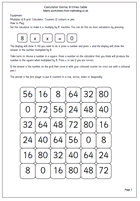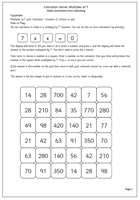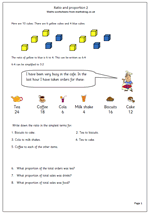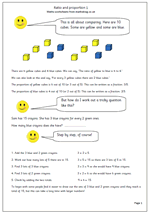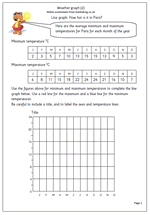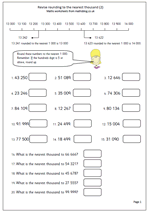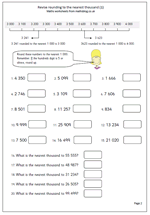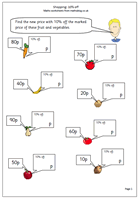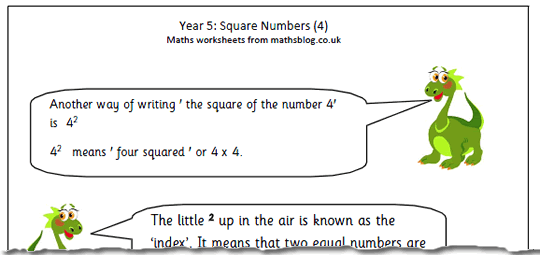This page is another in our calculator series, this time for the 8 times table. The grid has a selection of multiples of 8 up to 10 x 8. The idea is to play with a partner, choose a square and then enter a number on the calculator that you think will produce the number in the square when multiples by 8. if successful place a counter on the square. The aim is to try and get four in a row.
Remember that if the 8 times table is not known, multiplying by 8 can be achieved by doubling, doubling and doubling again.
This page can be found in our year 5 section under Knowing Number Facts
